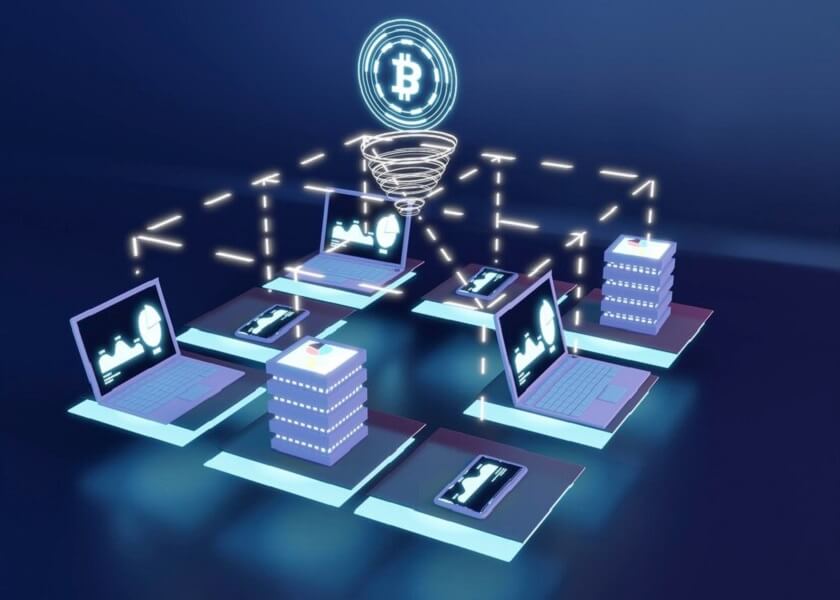NFTs – the until-recently-meaningless abbreviation that was a few years ago has now become a heartthrob for collectors and investors, and also for artists. What has this revolution done for the world of collectibles and art… And what is NFT all about?
Understanding NFTs
NFTs, as the name implies, are digital tokens that are not fungible. This means that they are quite unique and they cannot be broken down into smaller representatives. This unique nature of NFTs comes in handy in handling asset ownership, creating digital replicas of collectibles, and developing gaming assets that are completely decentralized.
In all of this, one of the biggest applications for NFTs has been in the field of art. A lot of artists have created crypto artwork that has been sold for staggering prices on renowned NFT marketplaces, and some of them, even in globally famous auction houses.
What does NFT have to do with art?
Although technology, throughout its history, has been instrumental in making art creation better, art and technology have always remained polar opposites. The introduction of NFT into the world of art has created a confluence unlike any other that has happened in the past.
Instead of going through a convoluted process of approaching art galleries, artists can now sell their work as NFTs on NFT marketplaces. It would not be an exaggeration to say that the introduction of blockchain technology into the world of art has created a democratic ecosystem for both art creators and art consumers.
Collectible art, which was just confined to a few millionaires and billionaires, and only available in select auction houses has now been brought down to marketplaces. Small artists with great potential who struggled to sell even the most creative artwork can now find consumers without any hassle on NFT marketplaces for art.
The catch!
Although on paper, the merger of art and blockchain technology sounds like a silver bullet, it has to be approached with a pinch of salt. An obviously unwelcome outcome of the crowd in any place is the possible instances of scams. It also results in a creator selling their art for much less than it’s worth, and an art collector buying a worthless piece of art for some exaggerated price.
It, therefore, becomes imperative on the part of both the artist and the collector to exercise their due diligence and meticulousness in interacting with the NFT-enabled art world.
For the artist…
As an artist, there are good chances that you would be proficient in creating different kinds of art. However, some pieces and some genres of art sell like hotcakes during specific times and specific seasons. Therefore, it is suggested that you do your research before embarking on your art creation efforts.
Understand the value of your art! It is to be remembered that the value of anything creative is subjective but it does not mean that you cannot benchmark the price of your work. Look at other artists in the same experience levels and dealing with the same subject as yours. That could throw some light on how much you should price your art at.
Look for the right marketplaces. Depending on the kind of art that you create and the geography at which you expect your art to be purchased, you have to ensure that you are present in the right marketplace that will attract the right investor/buyer. It should not be forgotten that art that remains unpurchased for a long time on the NFT marketplace might lose its value.
There are some NFT marketplaces that have a provision for listing your artwork for auction. While it might feel good to see the price of your art grow with every bid, you should not forget that stagnating prices might not look appealing. It is strongly advised that you do your research before you choose whether you list your art for direct purchase or for auction.
In addition to the specific suggestions, you will also need to understand the liabilities and responsibilities that come along with owning anything related to crypto. You will need to ensure top-notch security by following the best practices. The decentralization, as much as it provides cost-effective methods for transacting, also would mean that it will be difficult to find ways to retrieve your funds if they are lost or if they are wrongly sent/transferred.
Conclusion
Although, on the surface, the world of NFT marketplaces and NFT for art might seem overwhelming, it is an easy space to master if you understand a few nuances. Even if you are not into creating art, the world of NFT for art also creates new opportunities for aspiring entrepreneurs.
As an entrepreneur, you can develop your own NFT marketplace dedicated to art. With the right input from NFT art experts and some exponents in the field of blockchain, you can create your own NFT marketplace platform. All you need to do is approach a company that specializes in NFT marketplace development and share your business idea. They will understand your requirement and present you with an NFT marketplace dedicated to the world of art that will open new avenues of exposure for artists and better avenues of profit for the crypto entrepreneur in you!

